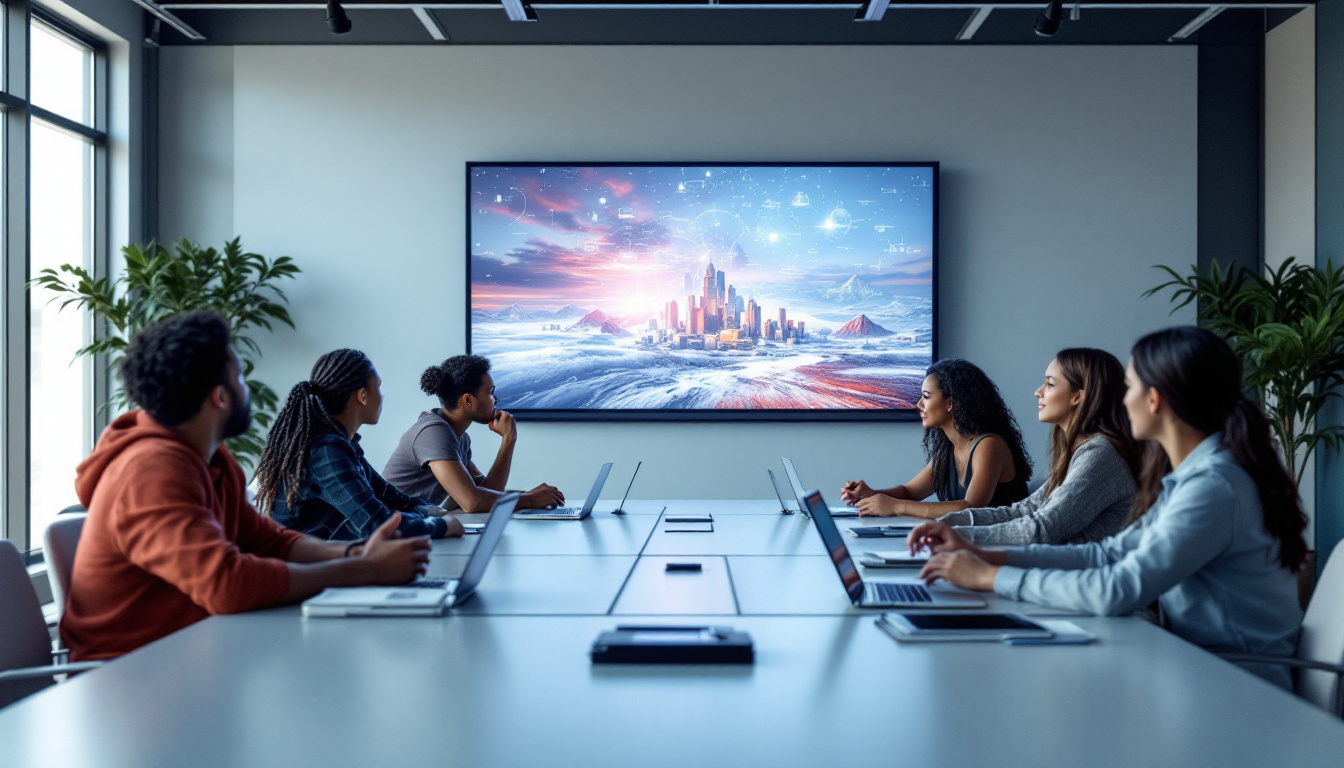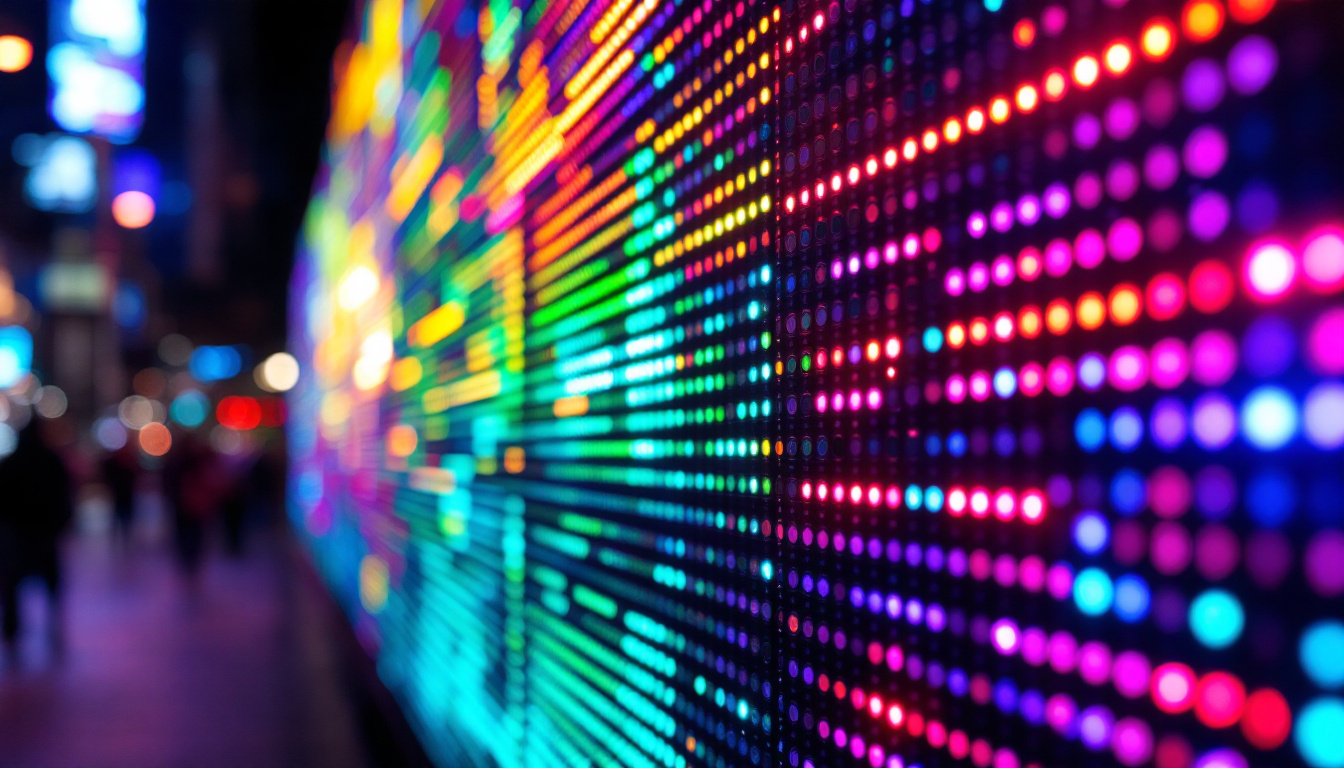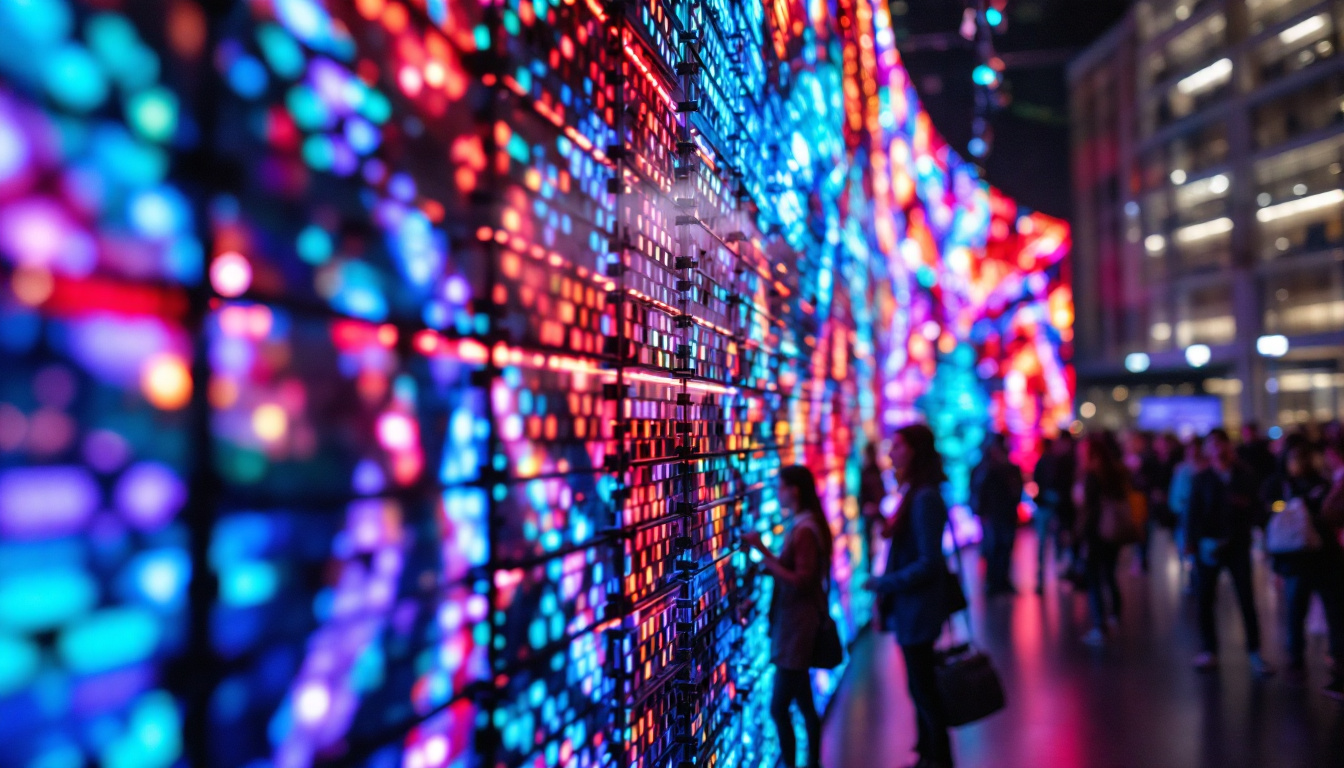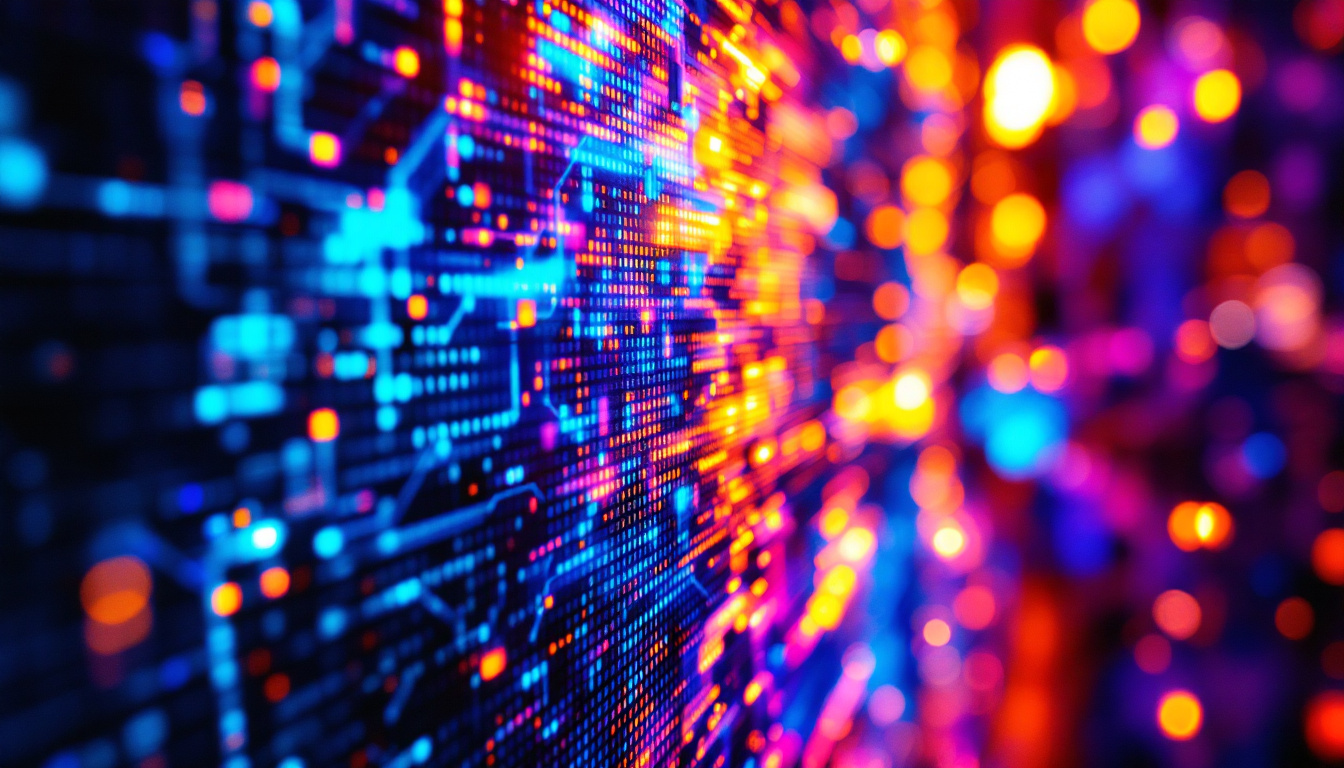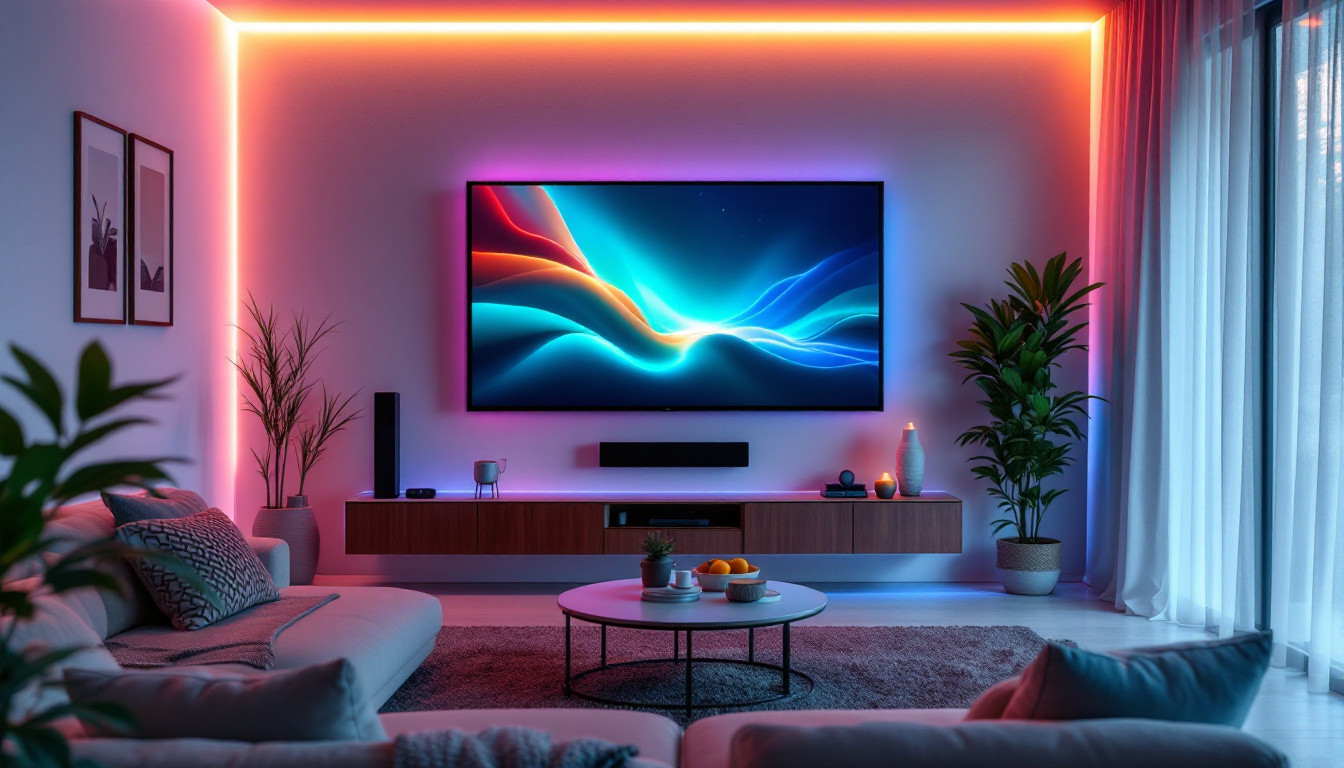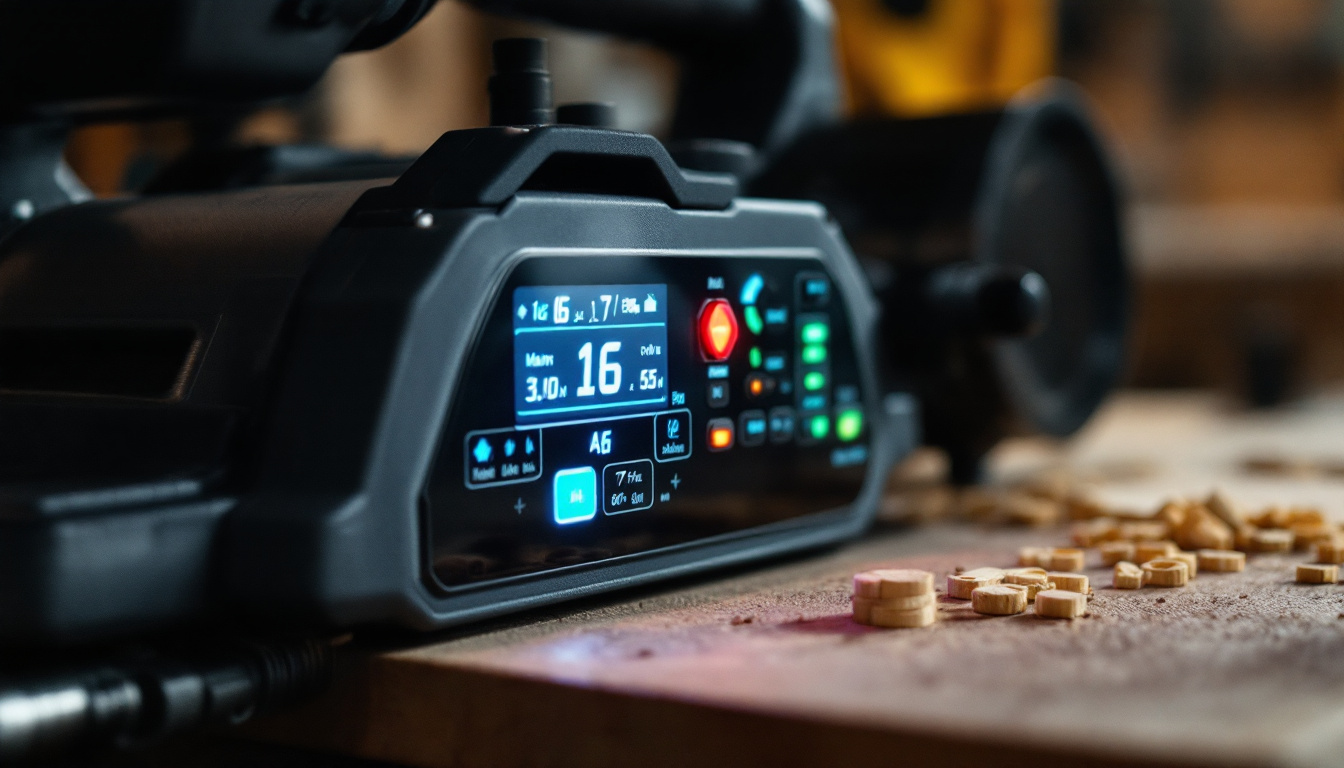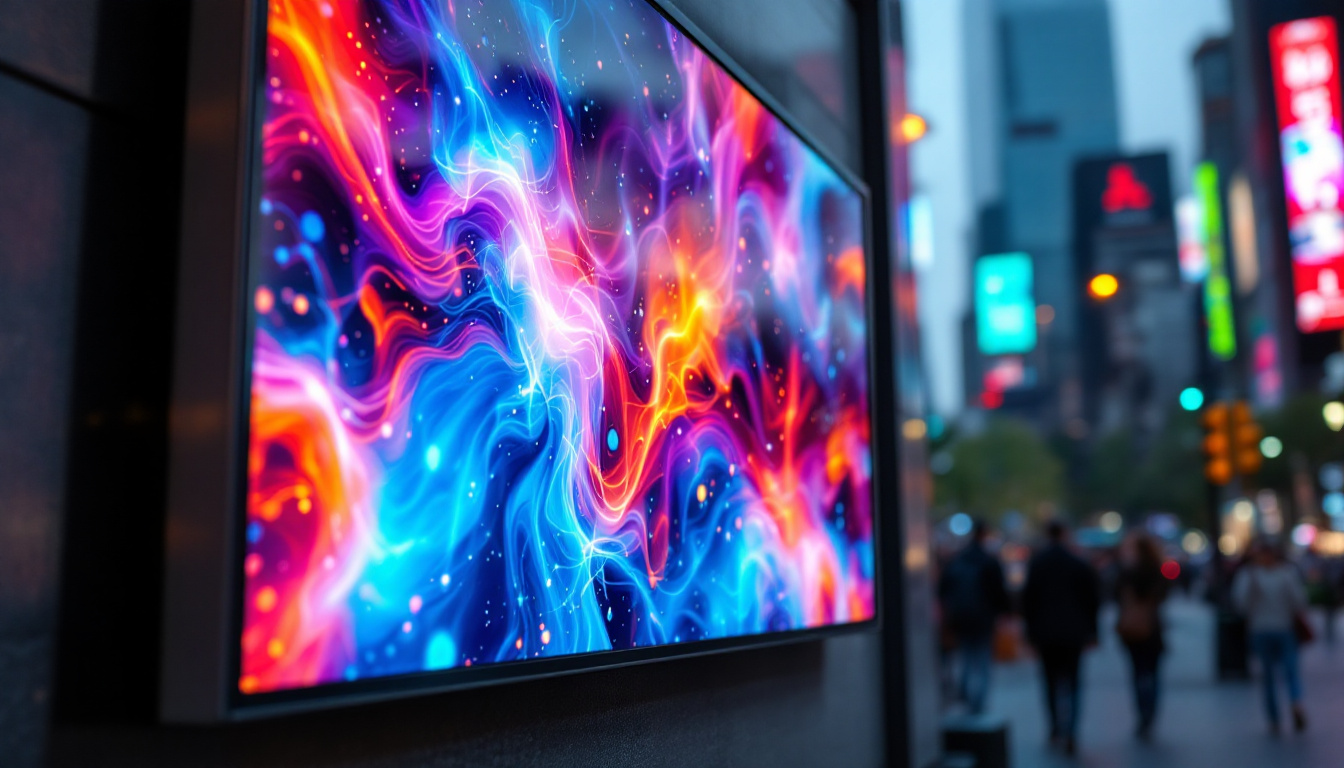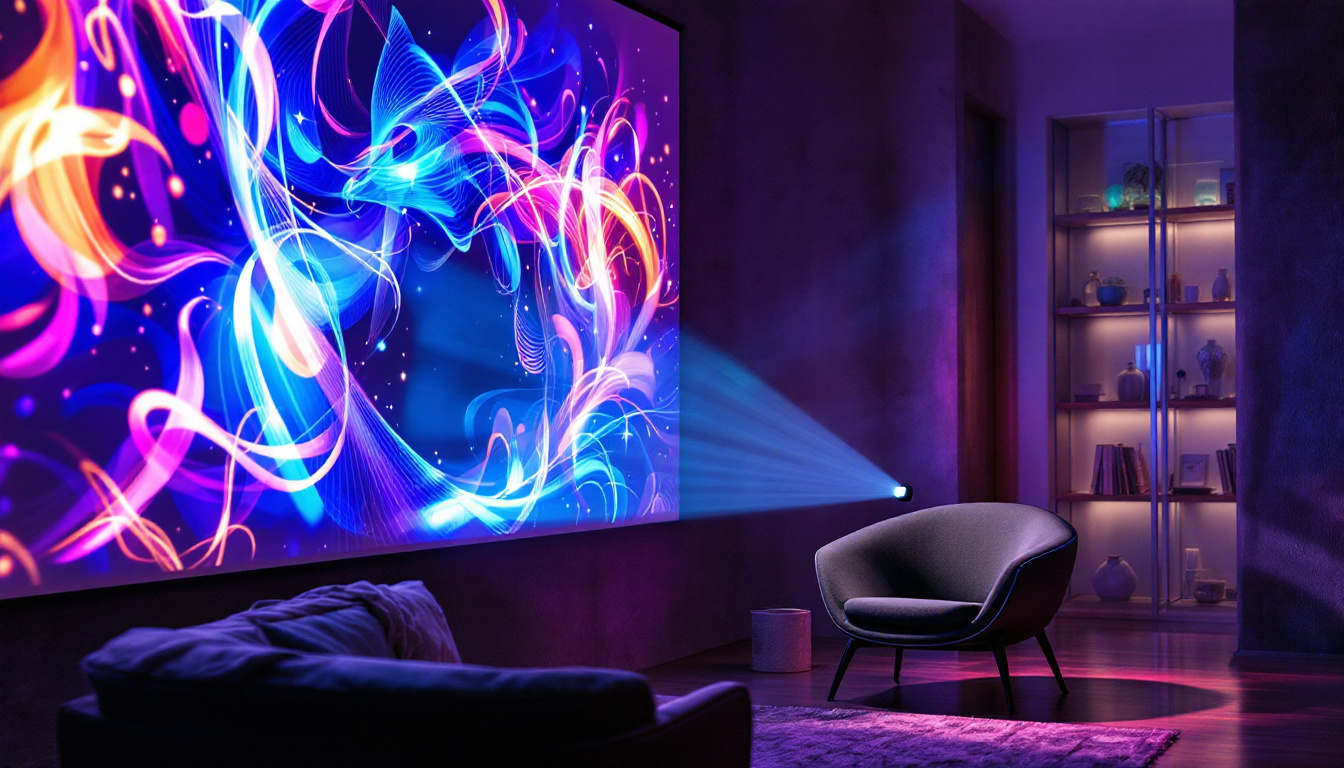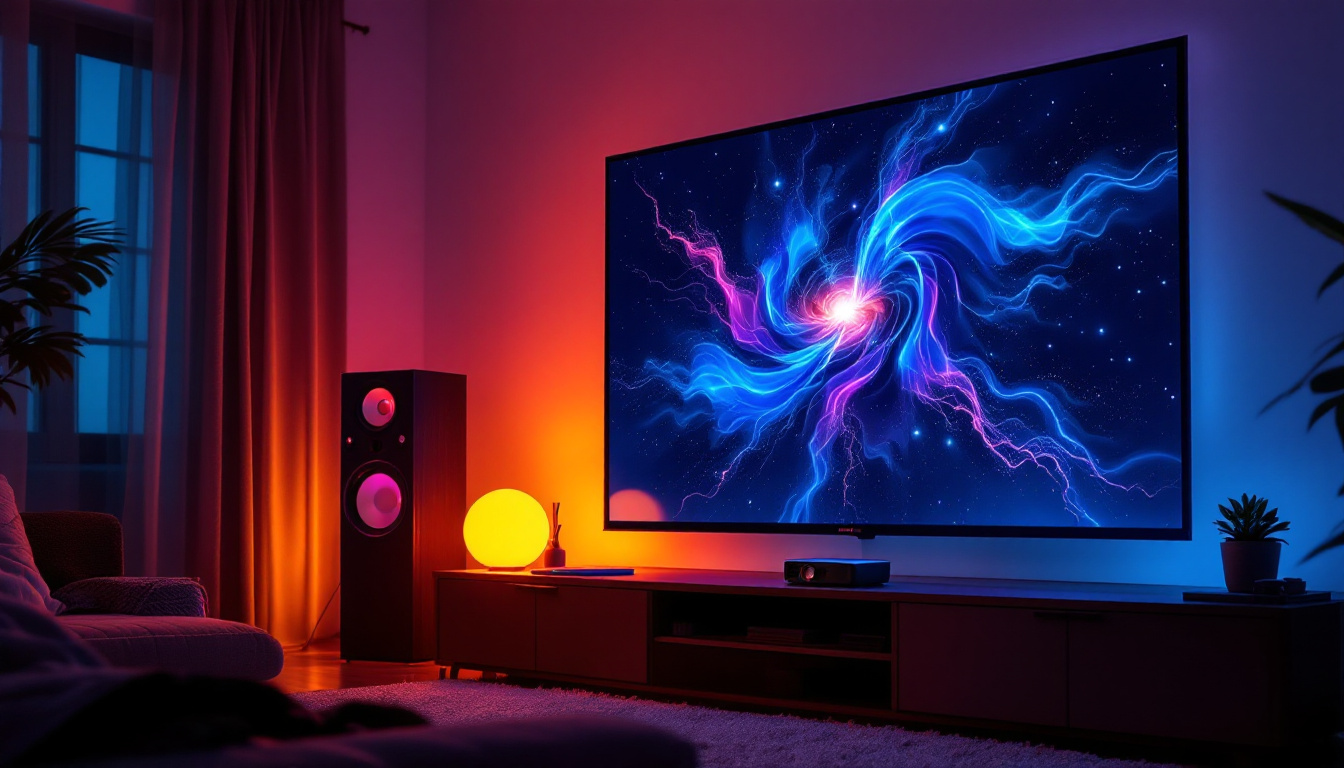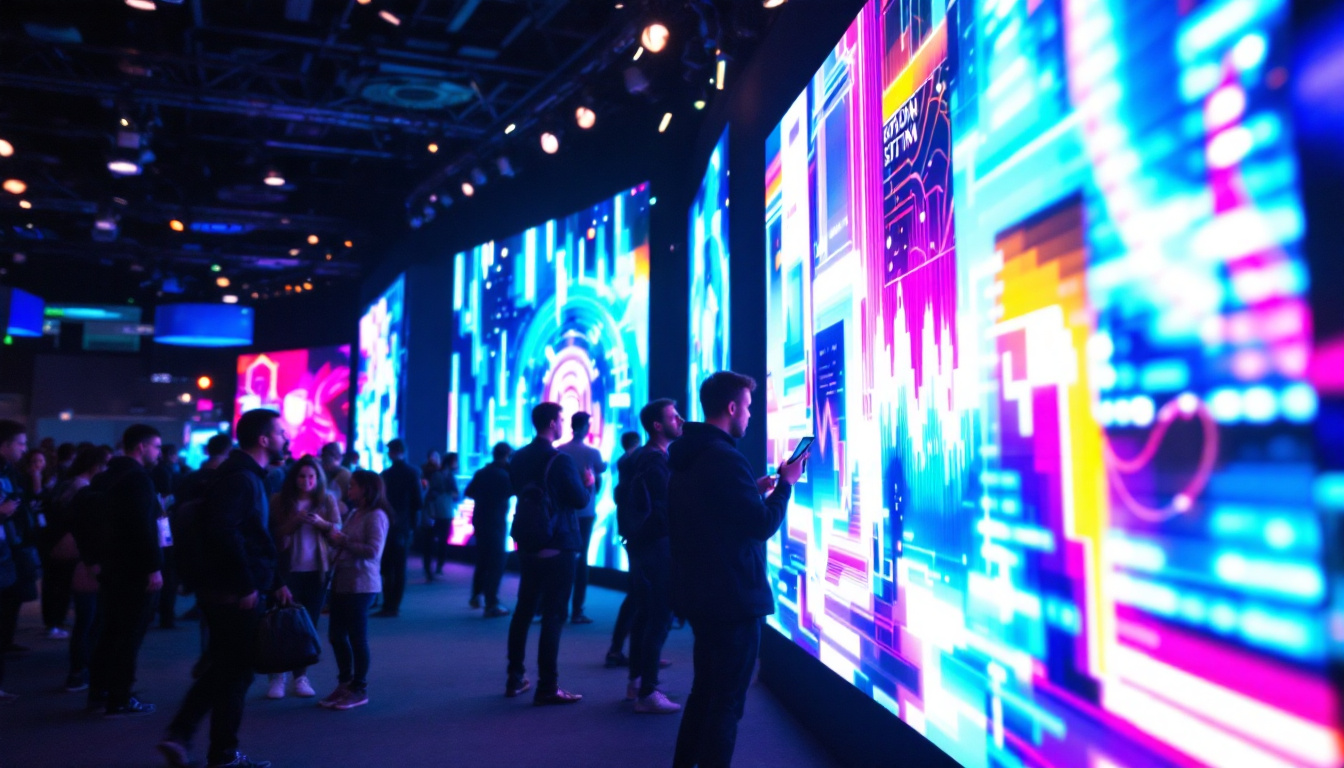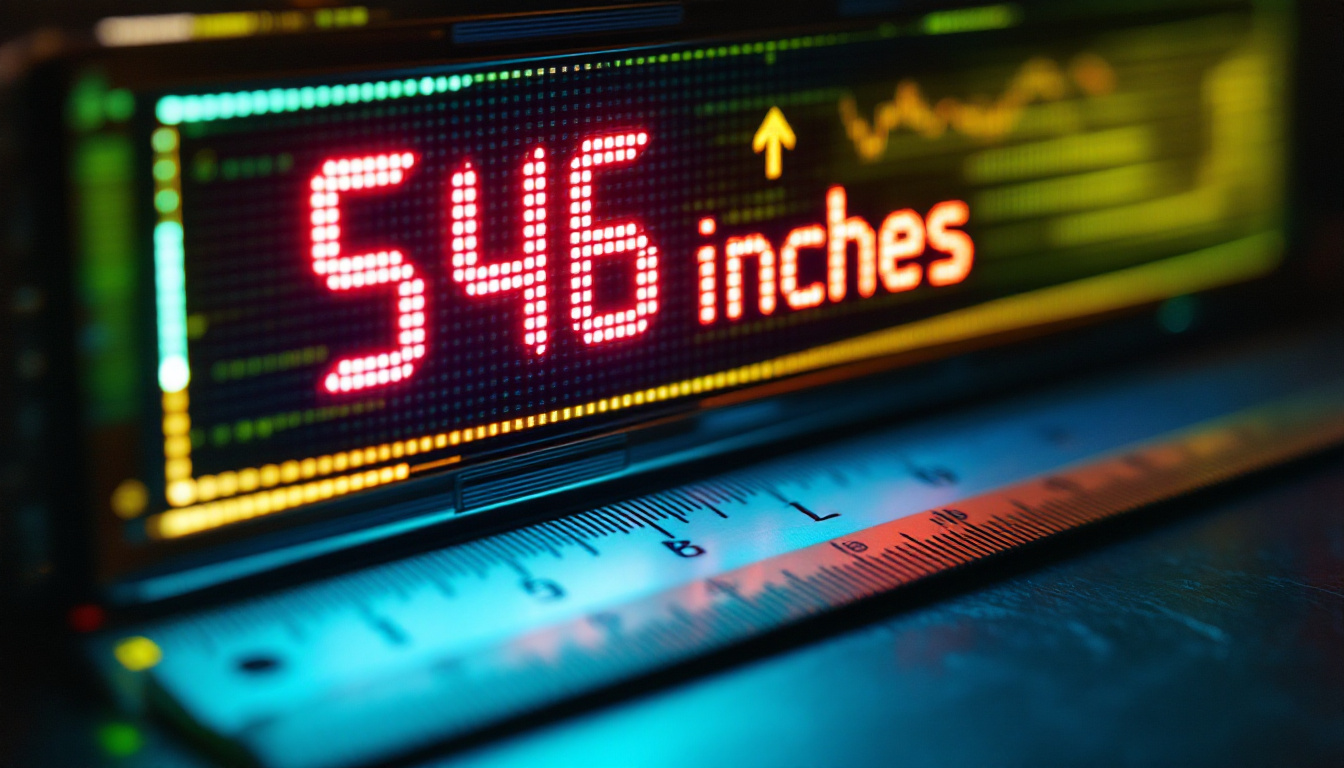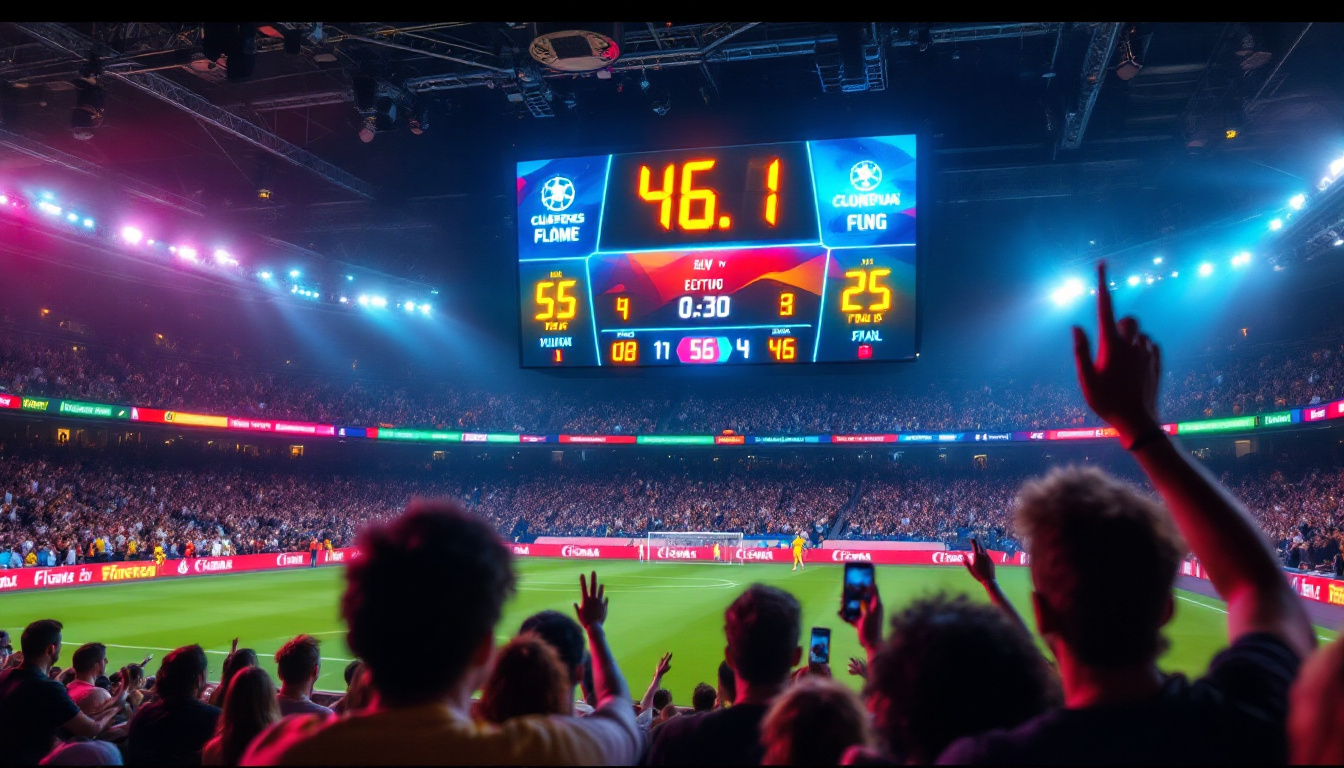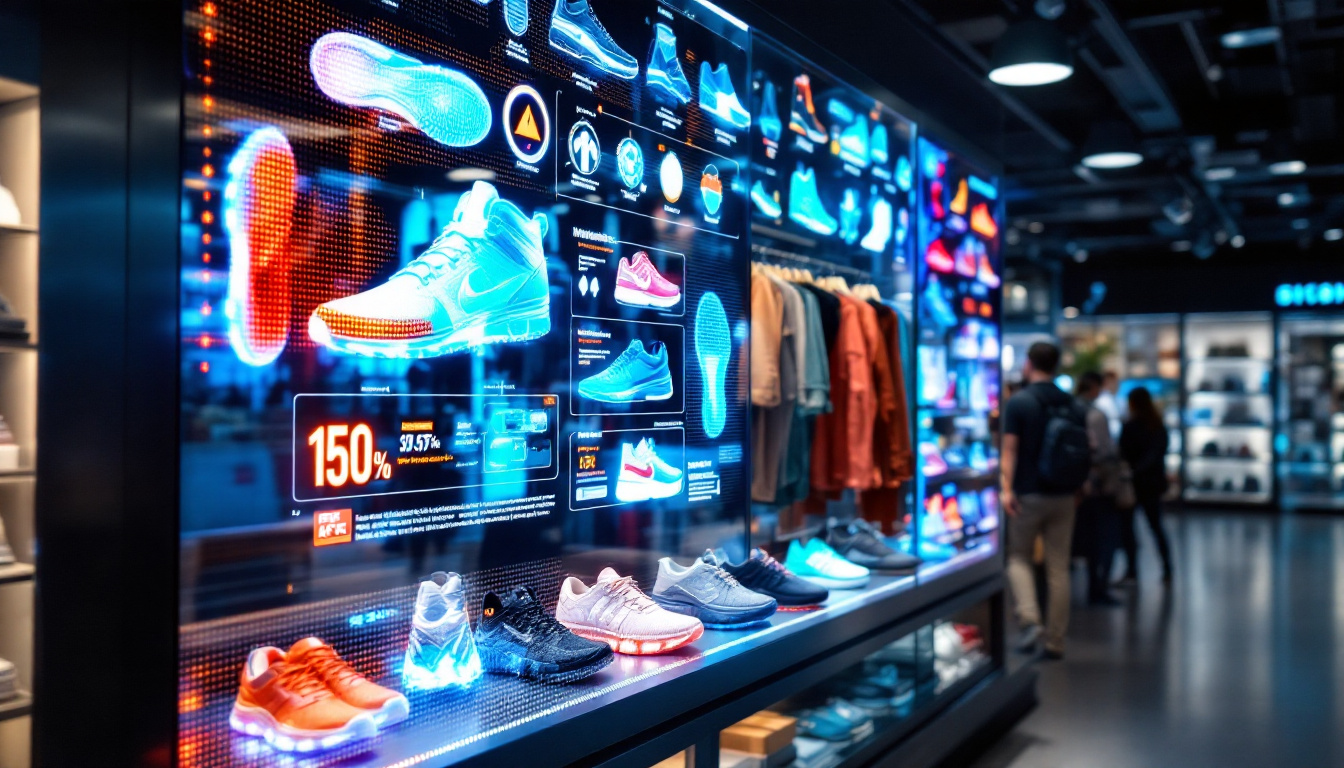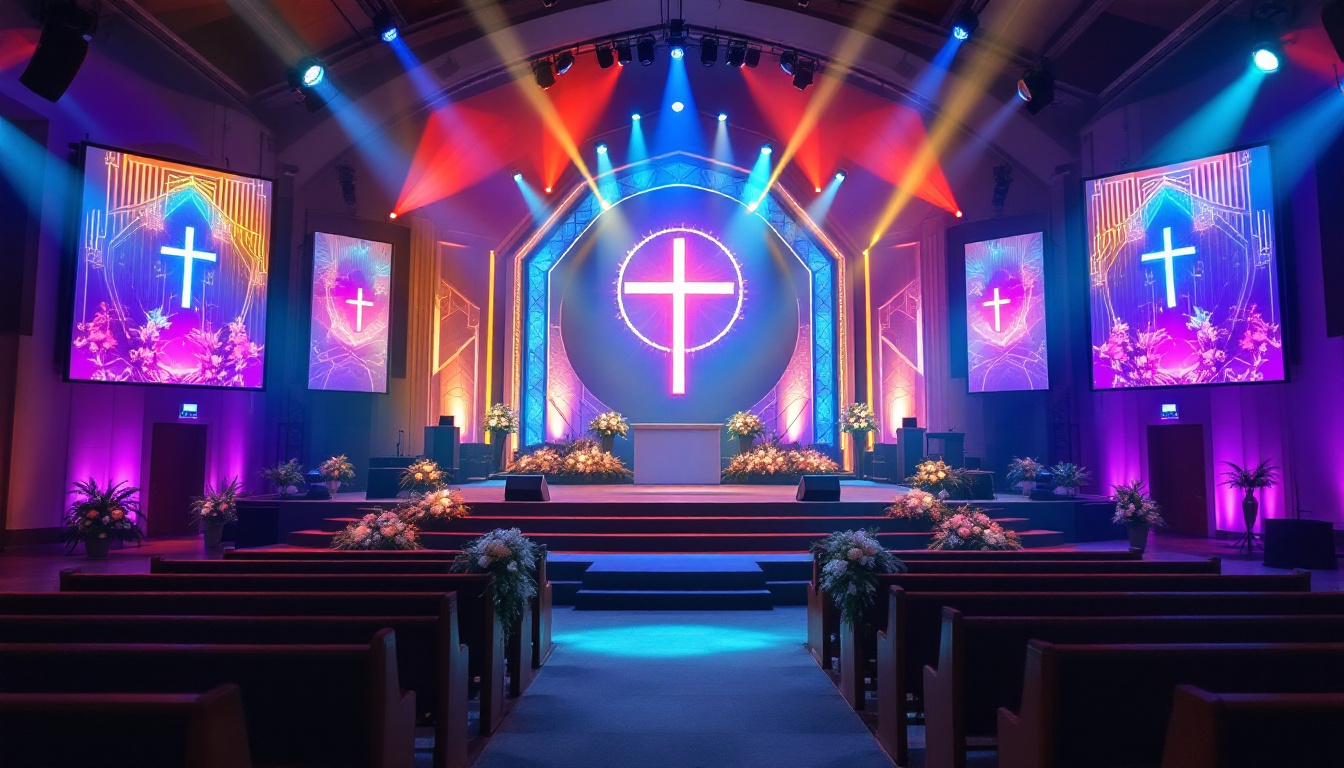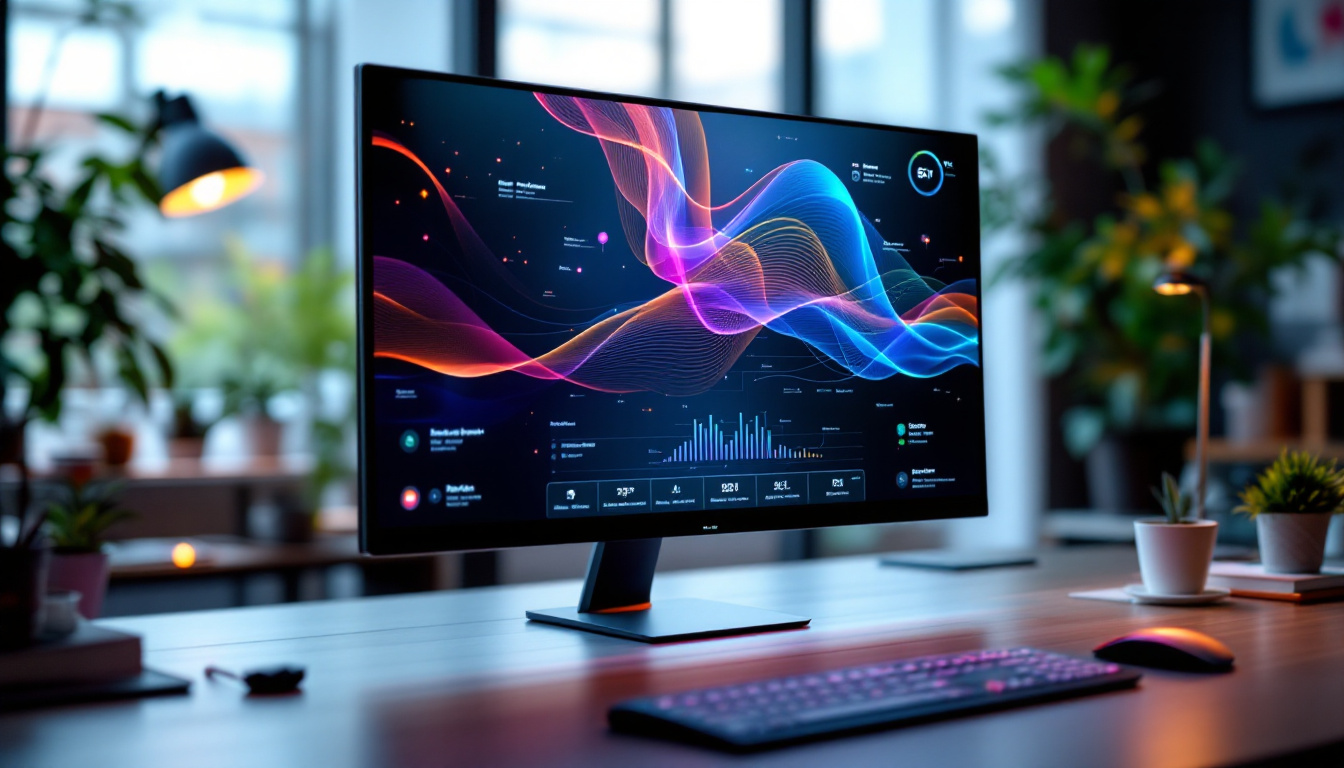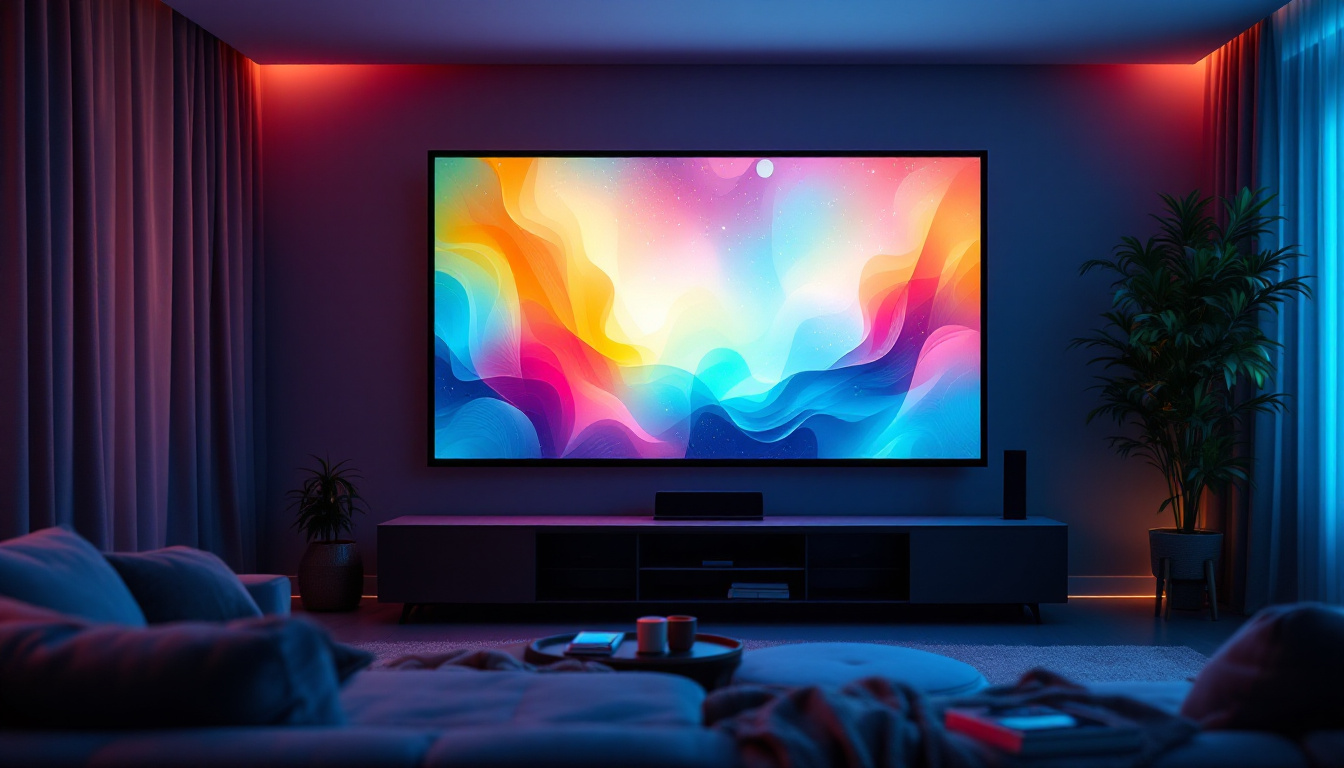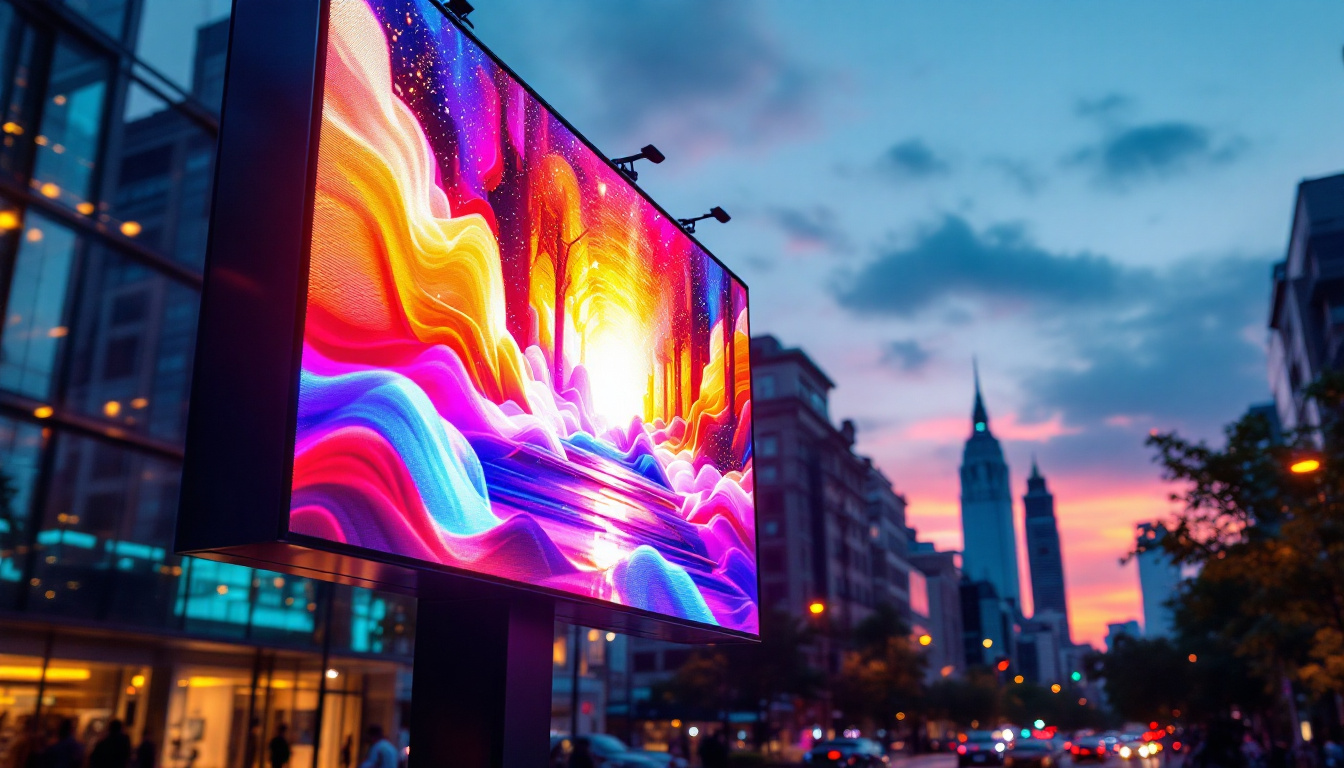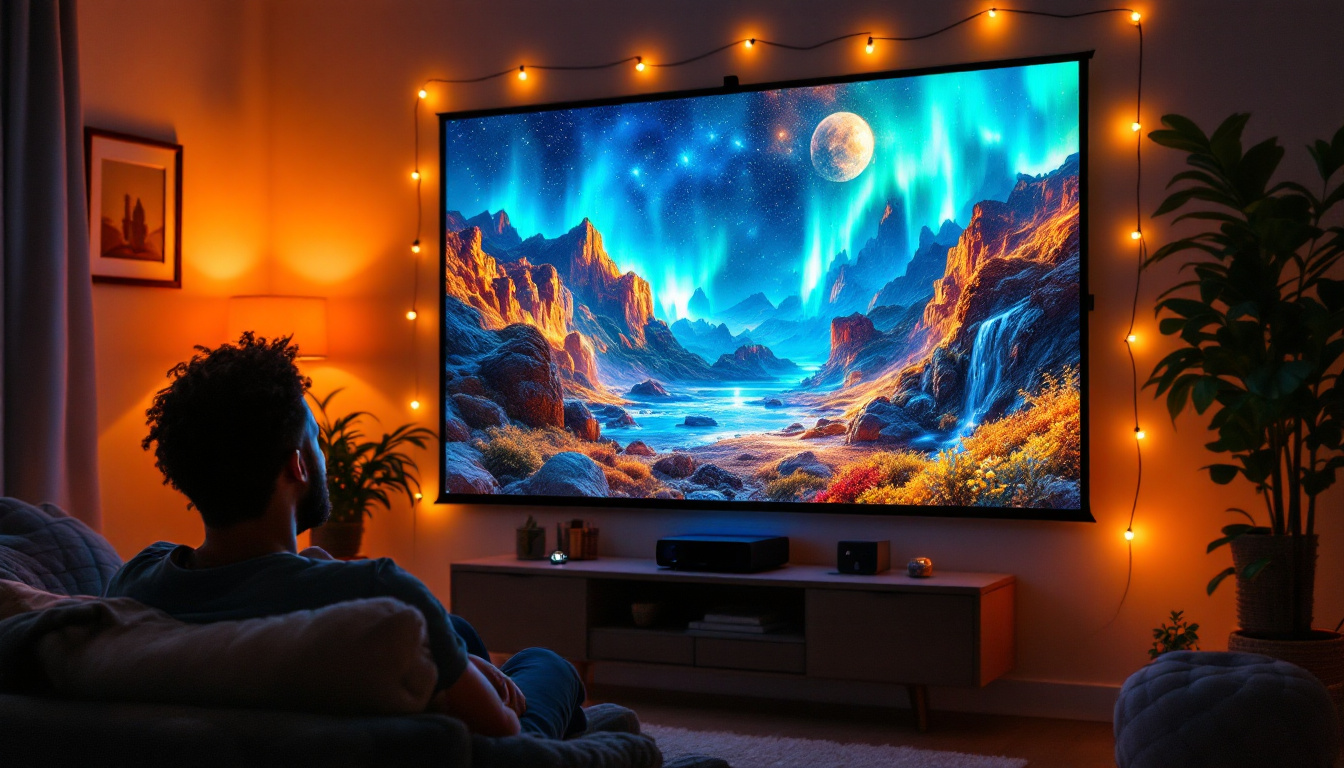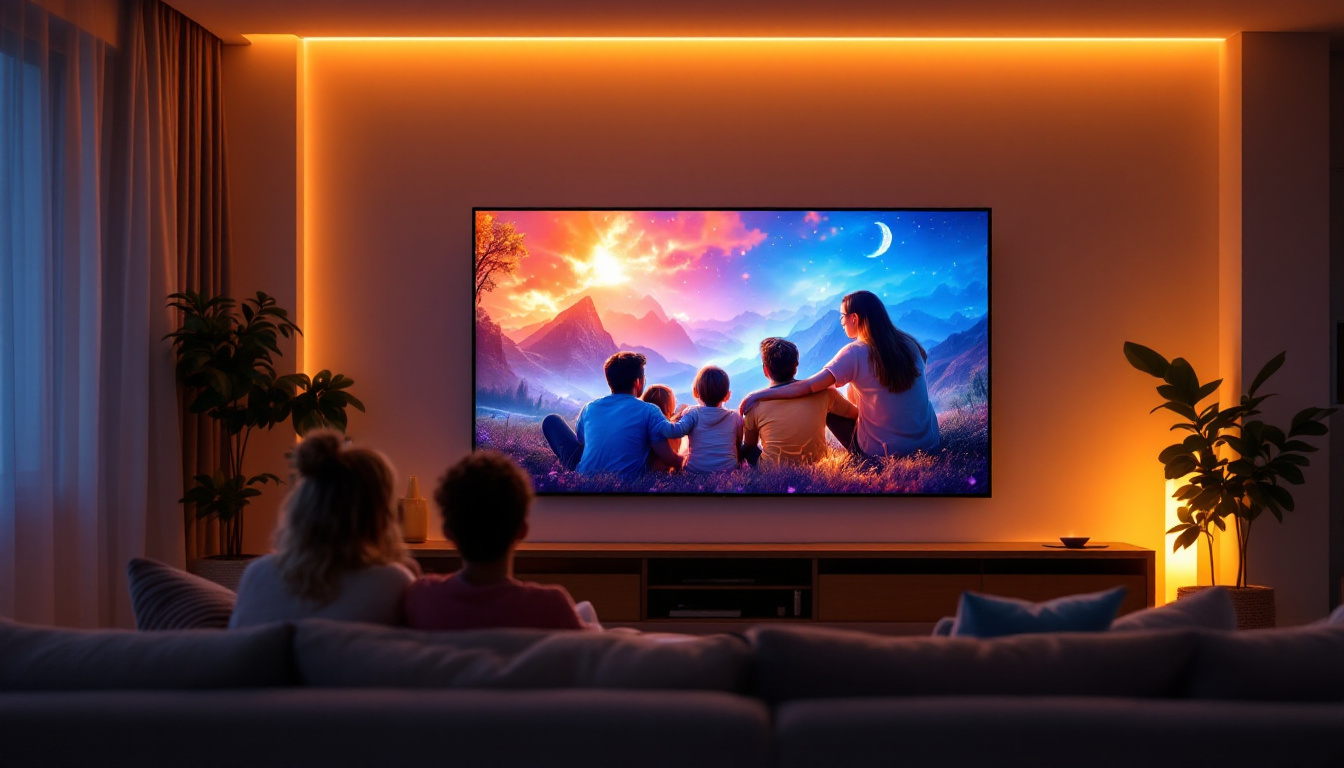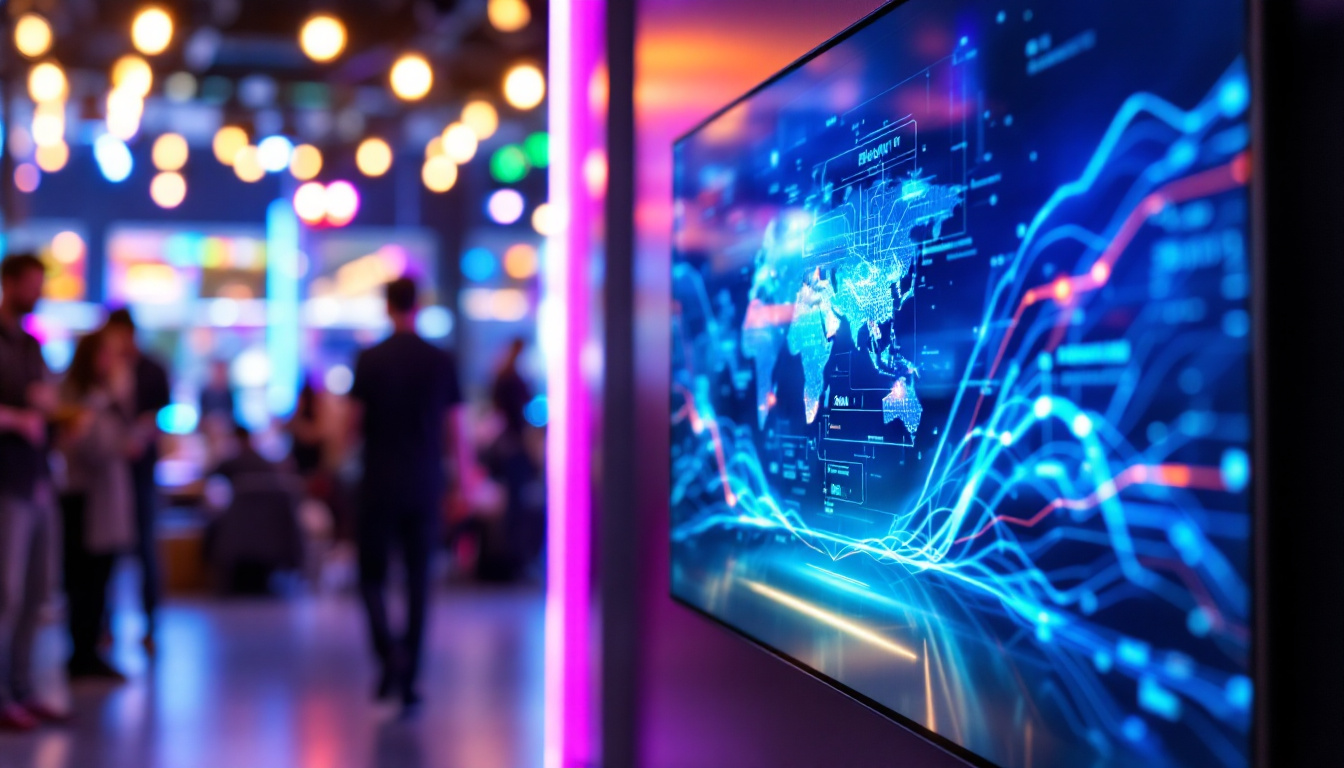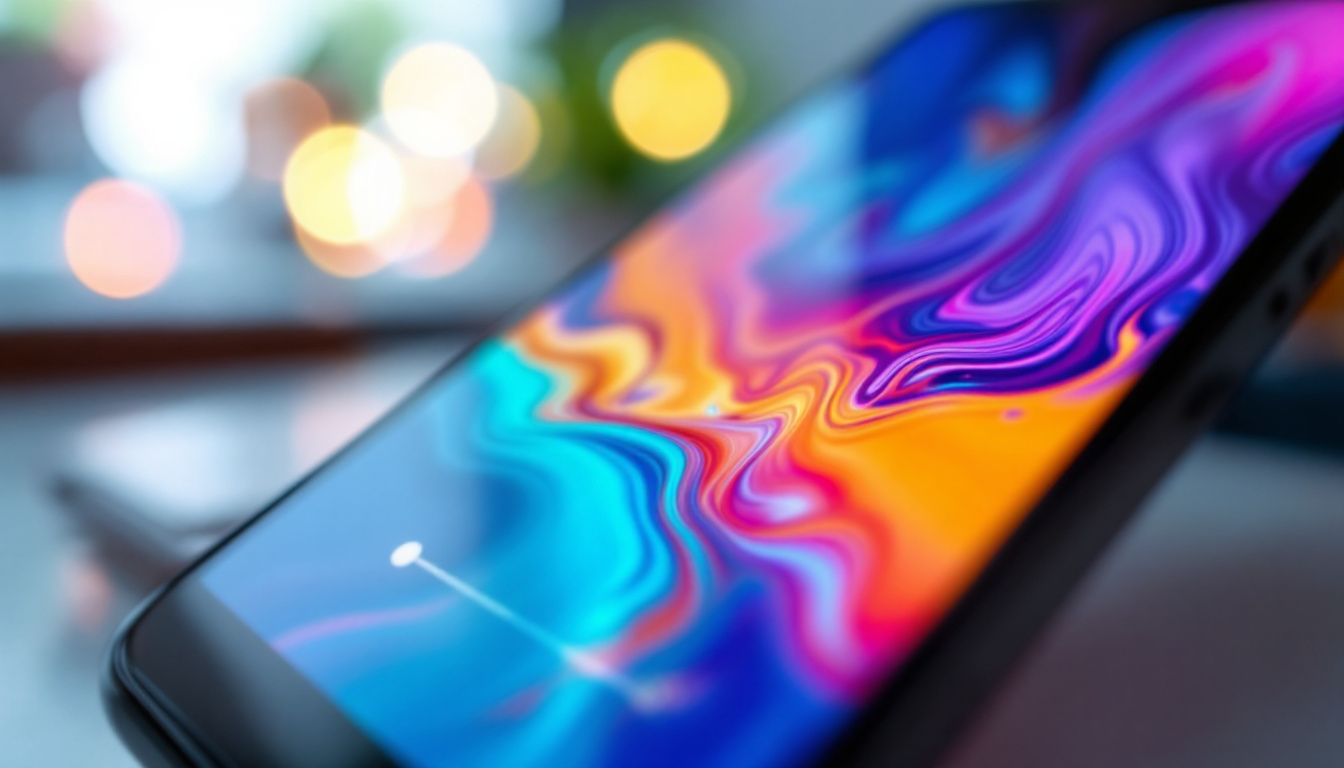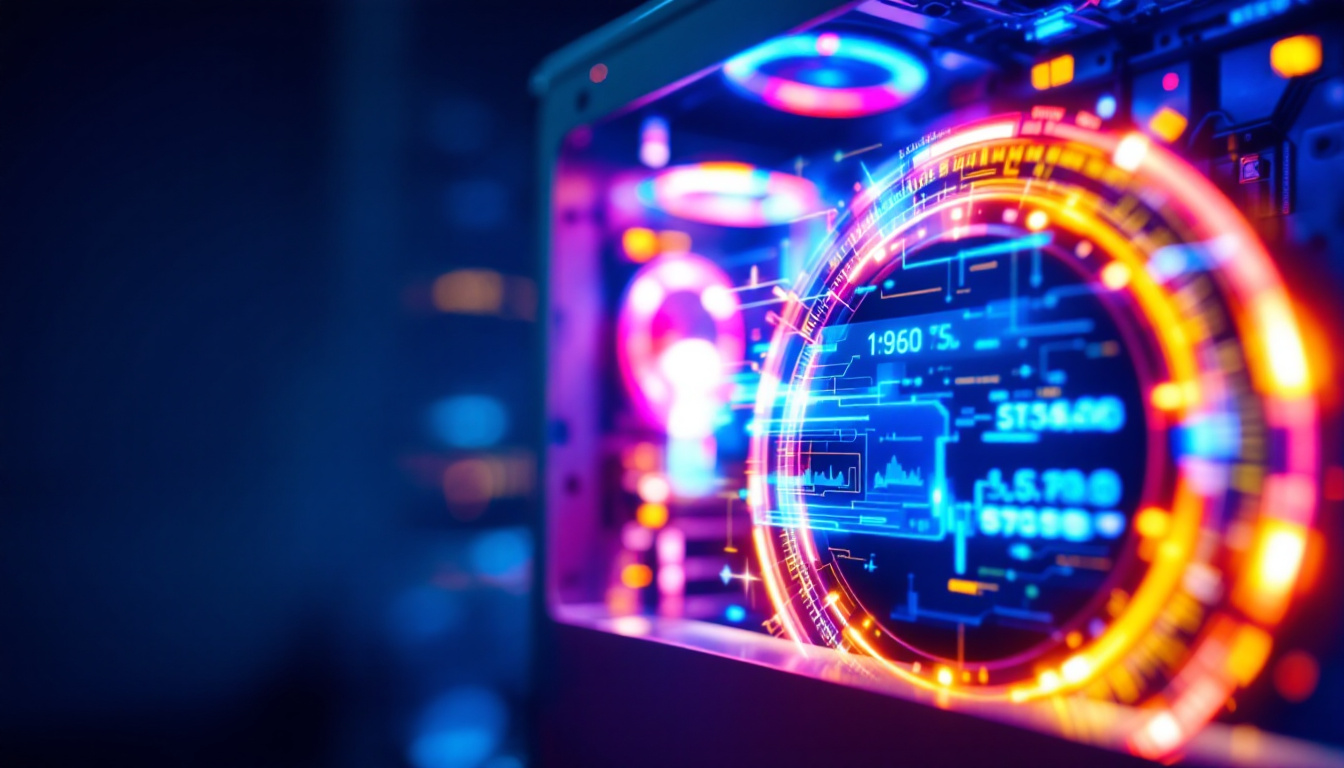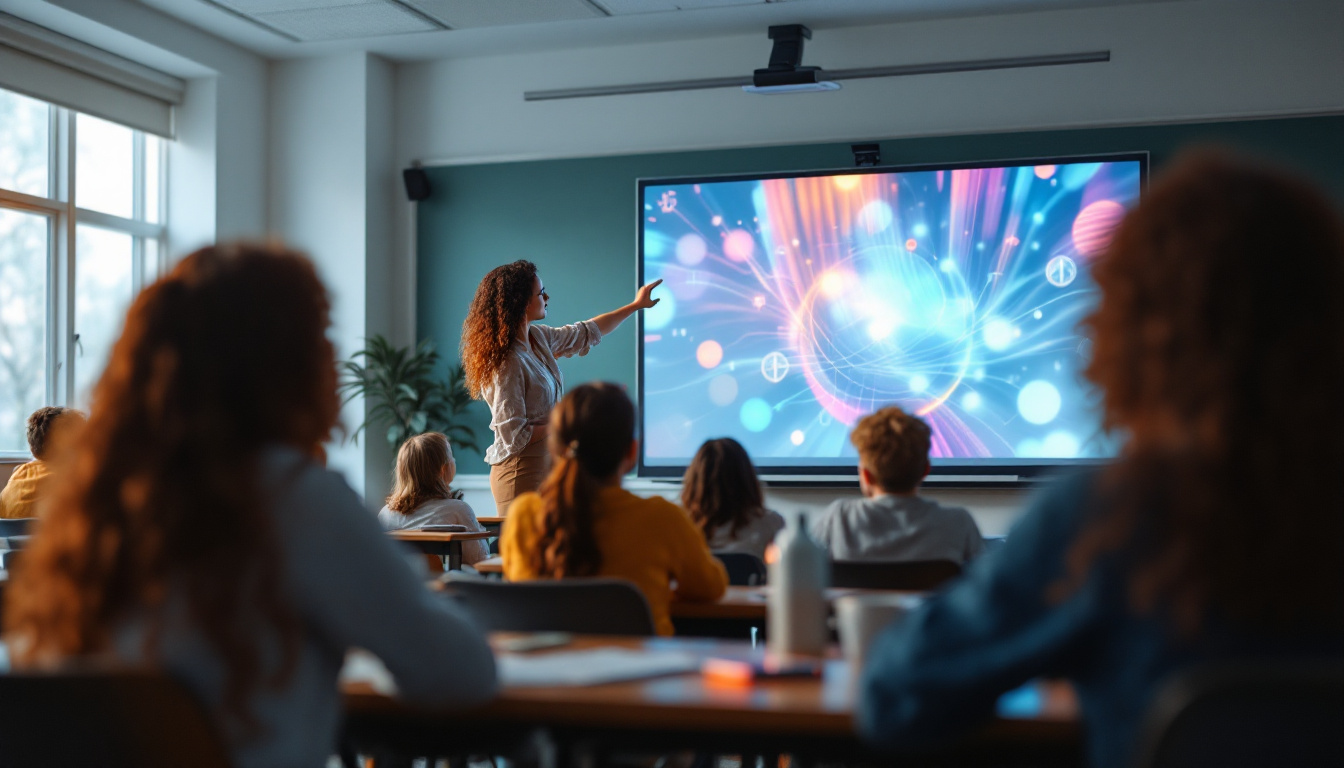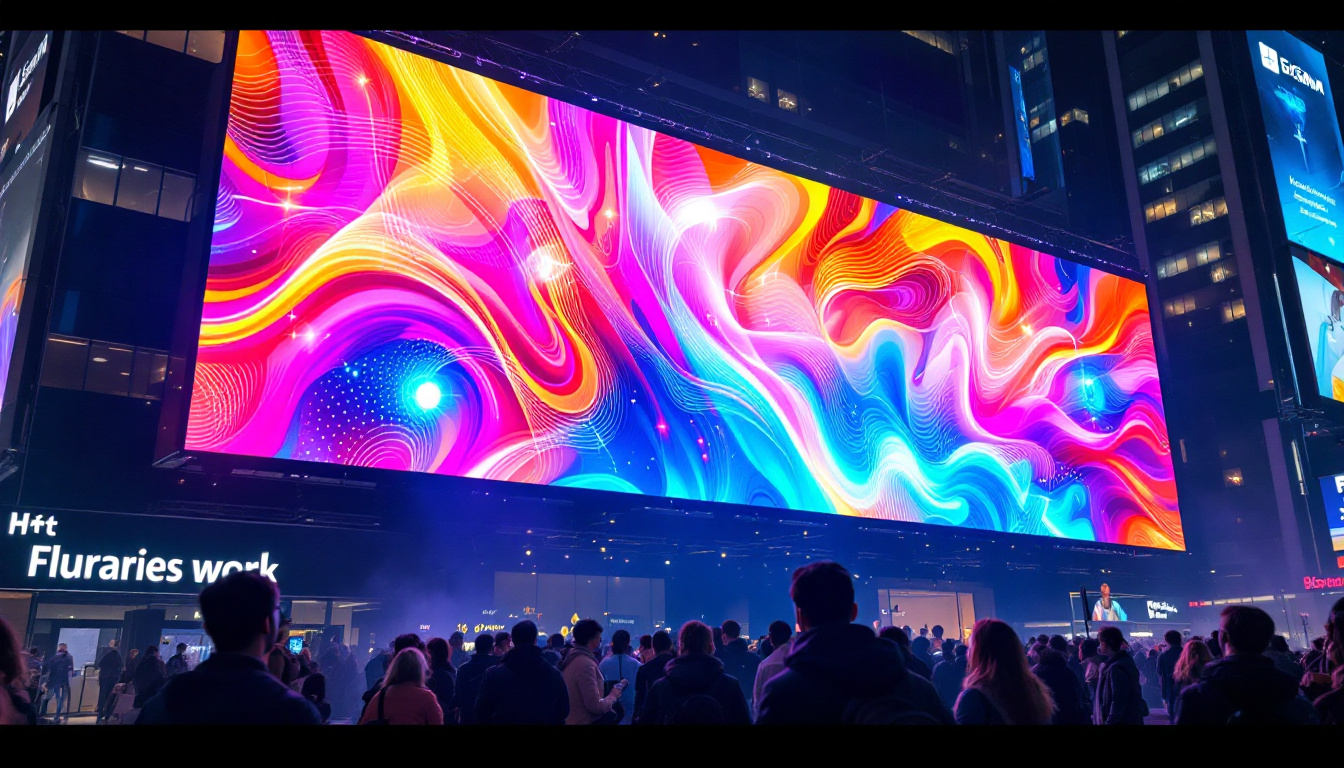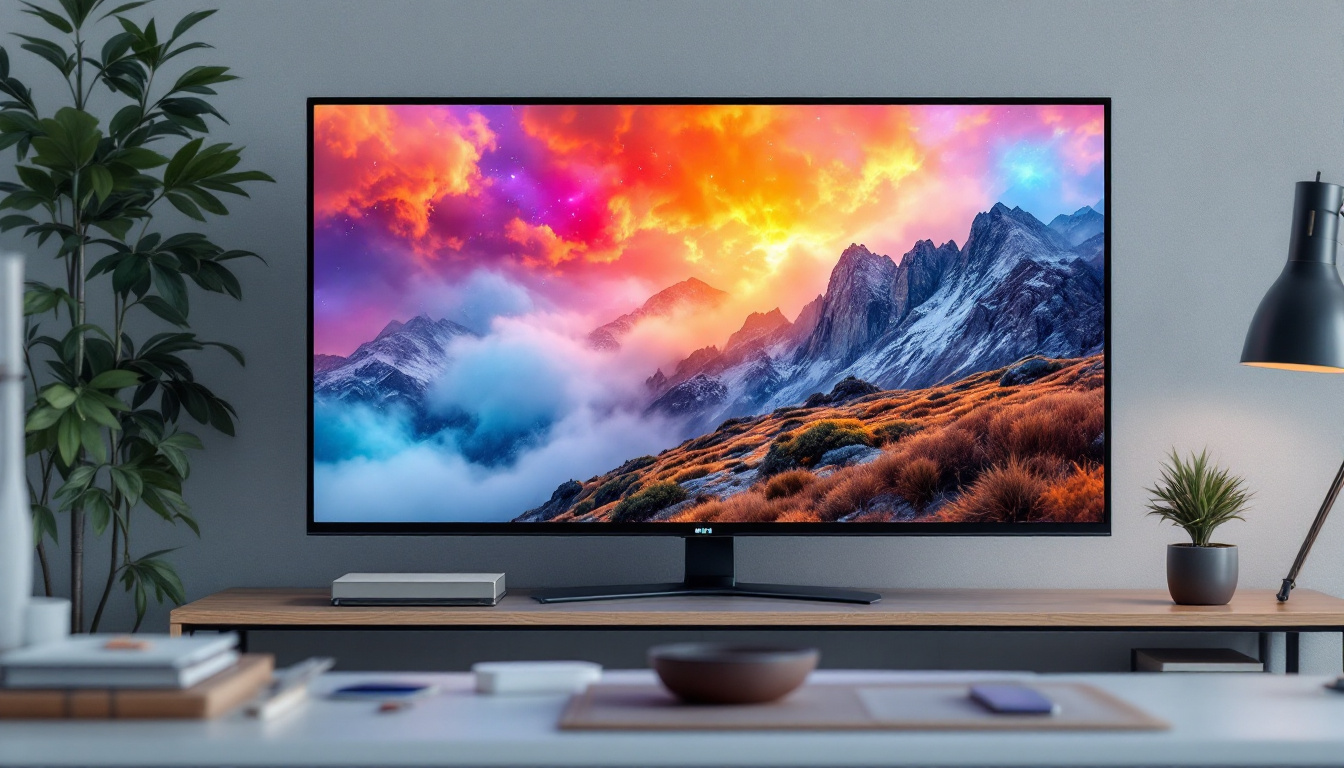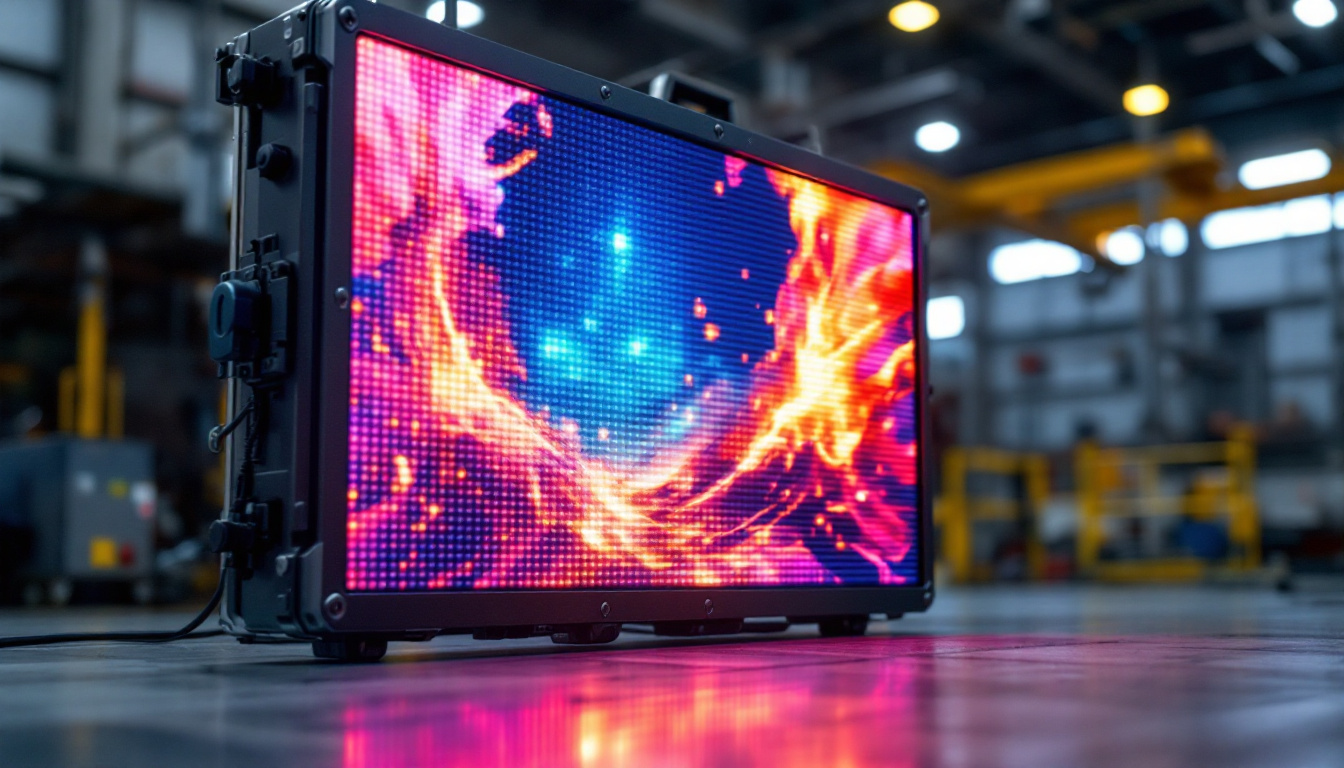In today’s fast-paced business environment, effective communication and collaboration are crucial for success. Conference rooms serve as the hub for meetings, brainstorming sessions, and presentations. One of the most impactful elements of a modern conference room setup is the integration of LED displays. This article explores various conference room setup ideas focusing on LED displays, their benefits, and how to optimize their use for enhanced productivity.
The Importance of LED Displays in Conference Rooms
LED displays have transformed the way businesses conduct meetings and presentations. They offer superior image quality, energy efficiency, and versatility compared to traditional projection systems. Understanding the importance of LED displays in conference rooms can help organizations make informed decisions about their setup.
Enhanced Visual Experience
One of the primary advantages of LED displays is their ability to deliver vibrant colors and sharp images. This enhanced visual experience is vital for presentations that rely on graphics, videos, or detailed data. Unlike projectors, which can suffer from issues like ambient light interference, LED displays maintain clarity in various lighting conditions.
Moreover, the large screen size of LED displays allows for better visibility from different angles in the room. This ensures that all participants, regardless of their seating position, can engage with the content being presented. Whether it’s a marketing pitch or a technical demonstration, the visual impact of an LED display can significantly influence the effectiveness of the communication. In addition to their visual prowess, LED displays often feature high refresh rates and low latency, which is particularly beneficial for dynamic presentations that include animations or video content. This technical superiority ensures that the audience remains captivated and focused throughout the presentation.
Improved Collaboration
LED displays facilitate collaboration by enabling multiple users to connect and share content seamlessly. Many modern LED displays come equipped with wireless connectivity options, allowing participants to share their screens without the hassle of cables. This feature is particularly beneficial in hybrid meetings where some participants may be joining remotely.
Additionally, interactive LED displays can be used for brainstorming sessions, enabling teams to annotate and manipulate content in real-time. This interactivity fosters a more engaging environment, encouraging participation and idea-sharing among team members. The collaborative aspect of LED displays can lead to more productive meetings and innovative outcomes. Furthermore, many LED displays support various applications and software that can enhance teamwork, such as digital whiteboards and project management tools. These integrations not only streamline the workflow during meetings but also allow for easy follow-up and documentation of ideas discussed, ensuring that no valuable insights are lost after the session concludes.
Choosing the Right LED Display for Your Conference Room
Selecting the appropriate LED display for a conference room involves considering several factors. The size of the room, the number of participants, and the intended use of the display all play a crucial role in making the right choice.
Room Size and Layout
The size of the conference room is a primary consideration when choosing an LED display. A larger room may require a bigger screen to ensure that all attendees can see the content clearly. Conversely, smaller rooms may benefit from a more compact display. It’s essential to strike a balance between screen size and room dimensions to optimize visibility.
Additionally, the layout of the room can influence the type of display chosen. For example, a room with a long rectangular layout may require a wider screen to accommodate all participants. In contrast, a square room might benefit from a more traditional aspect ratio. Understanding the room’s layout helps in selecting a display that enhances the overall meeting experience.
Resolution and Brightness
Resolution and brightness are critical specifications to consider when selecting an LED display. Higher resolution displays, such as 4K or even 8K, provide greater detail and clarity, making them ideal for presentations that include intricate graphics or fine text. This is particularly important in industries such as design, architecture, or data analysis, where precision is paramount.
Brightness is another crucial factor, especially in rooms with ample natural light. An LED display with a higher brightness rating can combat glare and ensure that content remains visible, regardless of the lighting conditions. This ensures that meetings can take place at any time of day without compromising the quality of the presentation.
Creative Conference Room Setup Ideas with LED Displays
Integrating LED displays into conference room setups opens up a world of creative possibilities. Here are some innovative ideas to enhance the functionality and aesthetics of conference rooms.
Multi-Screen Configurations
Using multiple LED displays in a conference room can significantly enhance the viewing experience. multi-screen configurations allow for the simultaneous display of different content, making it easier for teams to collaborate on various aspects of a project. For instance, one screen can show a presentation while another displays relevant data or video feeds from remote participants.
This setup is particularly useful for larger meetings or workshops, where different groups may need to focus on specific tasks. Multi-screen configurations can also be tailored to fit the room’s layout, ensuring that all participants have a clear view of the content being presented.
Interactive Whiteboards
Incorporating interactive LED displays that function as digital whiteboards can revolutionize brainstorming sessions. These displays allow participants to jot down ideas, draw diagrams, and annotate presentations in real-time. The ability to save and share these notes digitally enhances collaboration and ensures that valuable insights are not lost.
interactive whiteboards also support various software applications, enabling teams to utilize tools they are already familiar with. This integration can streamline workflows and make meetings more efficient, as participants can easily transition from discussion to action.
Video Conferencing Integration
With the rise of remote work, integrating video conferencing capabilities into LED displays has become essential. Many modern LED displays come equipped with built-in cameras and microphones, allowing for seamless video calls. This setup eliminates the need for additional equipment and simplifies the process of connecting with remote team members.
Moreover, having a high-quality display for video conferencing ensures that all participants can see and hear each other clearly. This is crucial for maintaining engagement and fostering effective communication, regardless of physical location. A well-equipped conference room can bridge the gap between in-person and remote participants, creating a cohesive meeting experience.
Best Practices for Using LED Displays in Conference Rooms
Regular Maintenance and Updates
Like any technology, LED displays require regular maintenance to function optimally. This includes cleaning the screens to remove dust and fingerprints, which can affect image quality. Additionally, keeping the software updated ensures that the display operates efficiently and remains compatible with the latest applications.
Establishing a maintenance schedule can help organizations avoid technical issues during important meetings. This proactive approach not only extends the lifespan of the equipment but also ensures that users can rely on the technology when it matters most.
Training Staff on Usage
Providing training for staff on how to use LED displays effectively is crucial for maximizing their potential. Familiarity with the technology can enhance user confidence and reduce the likelihood of technical difficulties during meetings. Training sessions can cover topics such as connecting devices, using interactive features, and troubleshooting common issues.
Encouraging staff to explore the capabilities of the displays can lead to innovative uses that may not have been initially considered. This exploration can foster a culture of creativity and collaboration within the organization, ultimately enhancing overall productivity.
Future Trends in Conference Room Technology
The landscape of conference room technology is continually evolving, with LED displays at the forefront of these changes. As businesses adapt to new ways of working, several trends are emerging that could shape the future of conference rooms.
Increased Use of AI and Automation
Artificial intelligence (AI) and automation are becoming increasingly integrated into conference room technology. AI can enhance video conferencing by automatically adjusting camera angles to focus on speakers or participants, ensuring that everyone is seen and heard clearly. Additionally, AI-powered software can assist in scheduling meetings and managing agendas, streamlining the overall process.
Automation can also simplify the setup of conference rooms. Smart technology can adjust lighting, temperature, and display settings based on the type of meeting being held. This level of customization can create a more comfortable and productive environment for participants.
Augmented and Virtual Reality Integration
Augmented reality (AR) and virtual reality (VR) are poised to change the way meetings are conducted. These technologies can create immersive environments that enhance collaboration and engagement. For instance, AR can overlay digital information onto physical objects, allowing teams to visualize complex data in real-time.
VR can transport participants to virtual meeting spaces, enabling remote teams to interact as if they were in the same room. As these technologies become more accessible, they are likely to play a significant role in the future of conference room setups.
Conclusion
Incorporating LED displays into conference room setups offers numerous benefits, from enhanced visual experiences to improved collaboration. By understanding the importance of LED displays, choosing the right technology, and following best practices, organizations can create effective and engaging meeting environments.
As technology continues to evolve, staying informed about trends and innovations will be essential for maximizing the potential of conference rooms. Embracing these changes can lead to more productive meetings, better communication, and ultimately, greater success for organizations.
Transform Your Conference Room with LumenMatrix
Ready to elevate your meeting space with the latest in LED display technology? Discover how LumenMatrix can transform your conference room into a hub of innovation and collaboration. With a wide range of solutions including Indoor and Outdoor LED Wall Displays, Vehicle LED Displays, and more, LumenMatrix is committed to enhancing your visual communication. Experience the difference with our All-in-One LED Displays and LED Transparent Displays designed to captivate and engage. Check out LumenMatrix LED Display Solutions today and empower your business to communicate with impact and clarity.

